Deepak Bhaskar Acharya
Weighted Graph Nodes Clustering via Gumbel Softmax
Feb 22, 2021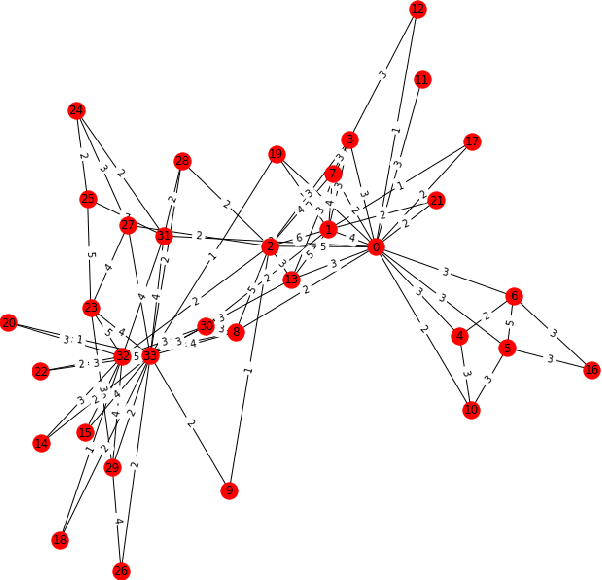

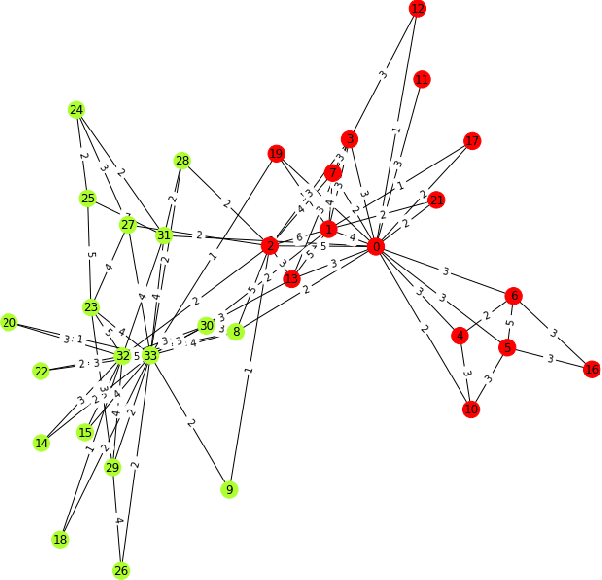
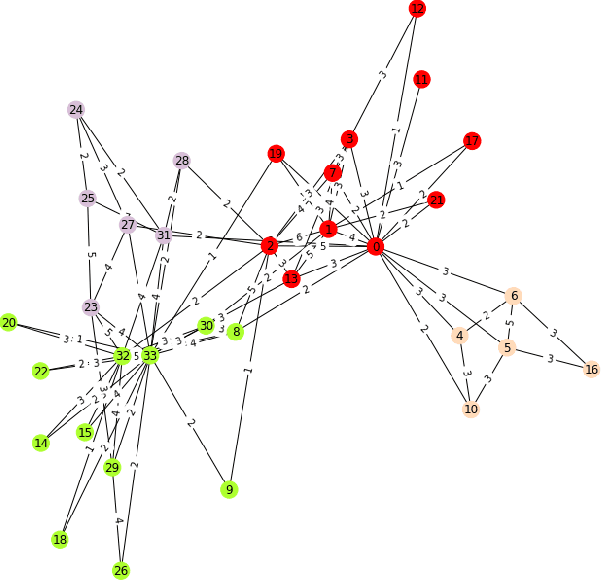
Abstract:Graph is a ubiquitous data structure in data science that is widely applied in social networks, knowledge representation graphs, recommendation systems, etc. When given a graph dataset consisting of one graph or more graphs, where the graphs are weighted in general, the first step is often to find clusters in the graphs. In this paper, we present some ongoing research results on graph clustering algorithms for clustering weighted graph datasets, which we name as Weighted Graph Node Clustering via Gumbel Softmax (WGCGS for short). We apply WGCGS on the Karate club weighted network dataset. Our experiments demonstrate that WGCGS can efficiently and effectively find clusters in the Karate club weighted network dataset. Our algorithm's effectiveness is demonstrated by (1) comparing the clustering result obtained from our algorithm and the given labels of the dataset; and (2) comparing various metrics between our clustering algorithm and other state-of-the-art graph clustering algorithms.
Community Detection Clustering via Gumbel Softmax
May 12, 2020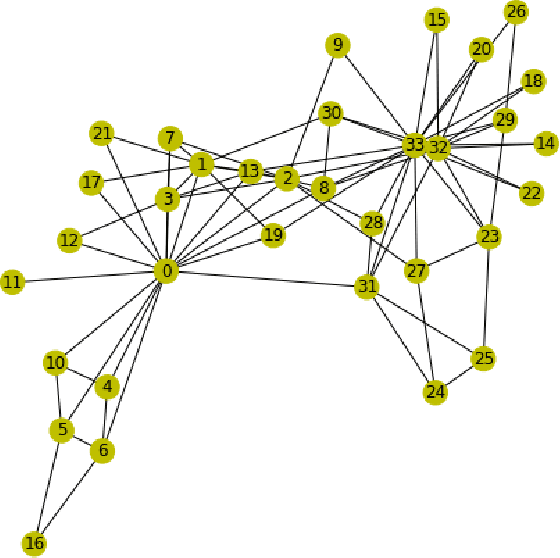
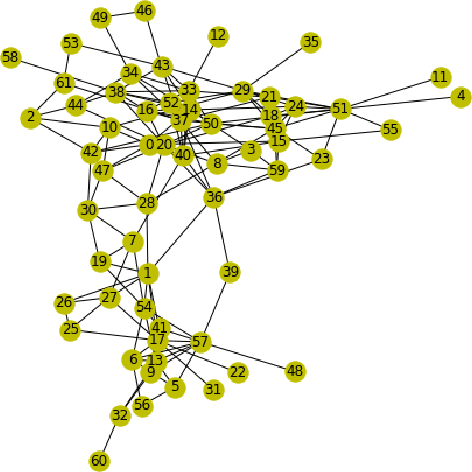
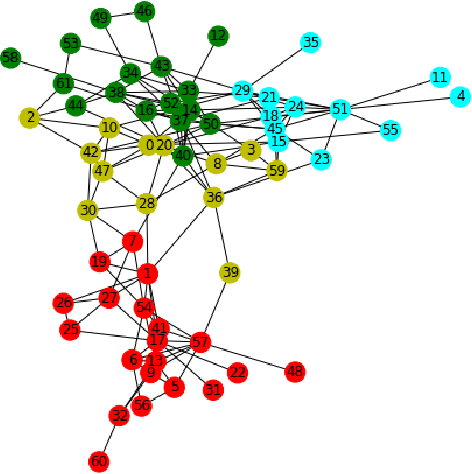
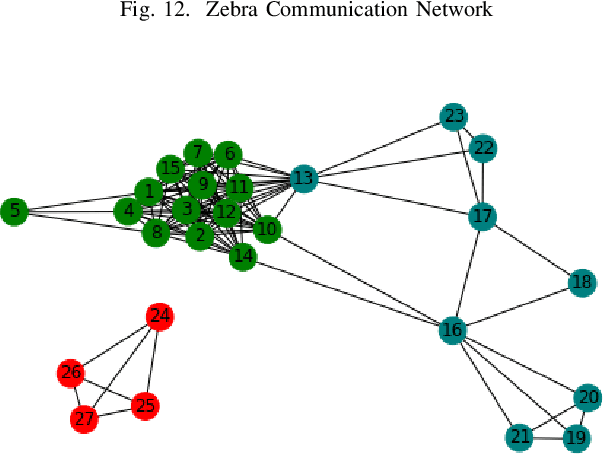
Abstract:Recently, in many systems such as speech recognition and visual processing, deep learning has been widely implemented. In this research, we are exploring the possibility of using deep learning in community detection among the graph datasets. Graphs have gained growing traction in different fields, including social networks, information graphs, the recommender system, and also life sciences. In this paper, we propose a method of community detection clustering the nodes of various graph datasets. We cluster different category datasets that belong to Affiliation networks, Animal networks, Human contact networks, Human social networks, Miscellaneous networks. The deep learning role in modeling the interaction between nodes in a network allows a revolution in the field of science relevant to graph network analysis. In this paper, we extend the gumbel softmax approach to graph network clustering. The experimental findings on specific graph datasets reveal that the new approach outperforms traditional clustering significantly, which strongly shows the efficacy of deep learning in graph community detection clustering. We do a series of experiments on our graph clustering algorithm, using various datasets: Zachary karate club, Highland Tribe, Train bombing, American Revolution, Dolphins, Zebra, Windsurfers, Les Mis\'erables, Political books.
Feature Selection and Extraction for Graph Neural Networks
Oct 25, 2019



Abstract:Graph Neural Networks (GNNs) have been a latest hot research topic in data science, due to the fact that they use the ubiquitous data structure graphs as the underlying elements for constructing and training neural networks. In a GNN, each node has numerous features associated with it. The entire task (for example, classification, or clustering) utilizes the features of the nodes to make decisions, at node level or graph level. In this paper, (1) we extend the feature selection algorithm presented in via Gumbel Softmax to GNNs. We conduct a series of experiments on our feature selection algorithms, using various benchmark datasets: Cora, Citeseer and Pubmed. (2) We implement a mechanism to rank the extracted features. We demonstrate the effectiveness of our algorithms, for both feature selection and ranking. For the Cora dataset, (1) we use the algorithm to select 225 features out of 1433 features. Our experimental results demonstrate their effectiveness for the same classification problem. (2) We extract features such that they are linear combinations of the original features, where the coefficients for each extracted features are non-negative and sum up to one. We propose an algorithm to rank the extracted features in the sense that when using them for the same classification problem, the accuracy goes down gradually for the extracted features within the rank 1 - 50, 51 - 100, 100 - 150, and 151 - 200.
 Add to Chrome
Add to Chrome Add to Firefox
Add to Firefox Add to Edge
Add to Edge